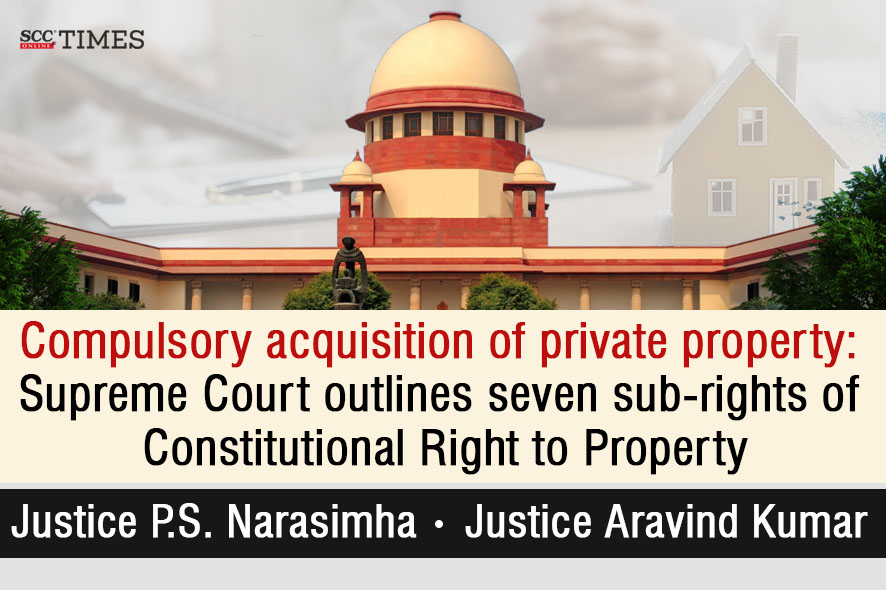Supreme Court Revisits Private Property Rights for Public Welfare
Why in the news?
The Supreme Court clarified the status of Article 31C and reinterpreted Article 39(b), marking a shift in how the Court views state acquisition of private property.
Background and Key Legal Questions:
- Landmark Ruling: The Supreme Court recently delivered a significant ruling in the Property Owners Association v. State of Maharashtra case, examining private property rights.
- Focus on Two Issues: The Court addressed the current status of Article 31C, which provides conditional protection to laws implementing Article 39(b) and (c), and how Article 39(b) interprets state acquisition of private property as community resources.
Clarification on Article 31C Status:
- History of Article 31C: Initially, Article 31C was introduced to protect laws promoting socialism, specifically those following Articles 39(b) and (c), from challenges under Articles 14, 19, and 31.
- However, it was partly struck down in Kesavananda Bharati and limited by Minerva Mills.
- Current Ruling: The Court clarified that Article 31C remains partially valid as per the original formulation in Kesavananda Bharati, dismissing arguments that Minerva Mills rendered it entirely invalid.
Interpretation of Article 39(b):
- Material Resources of the Community: Justice Iyer’s 1977 opinion suggested that Article 39(b) included all public and private resources. However, the current ruling held that not all private property qualifies as “material resources.”
- Majority Opinion: The Court stated that for private property to be considered a community resource, factors like the resource’s scarcity, impact on the community, and concentration in private hands must be evaluated.
- Dissenting Opinion: Justice Dhulia argued for a broader interpretation, emphasising the need for welfare measures to address inequality.
Sources Referred:
PIB, The Hindu, Indian Express, Hindustan Times




